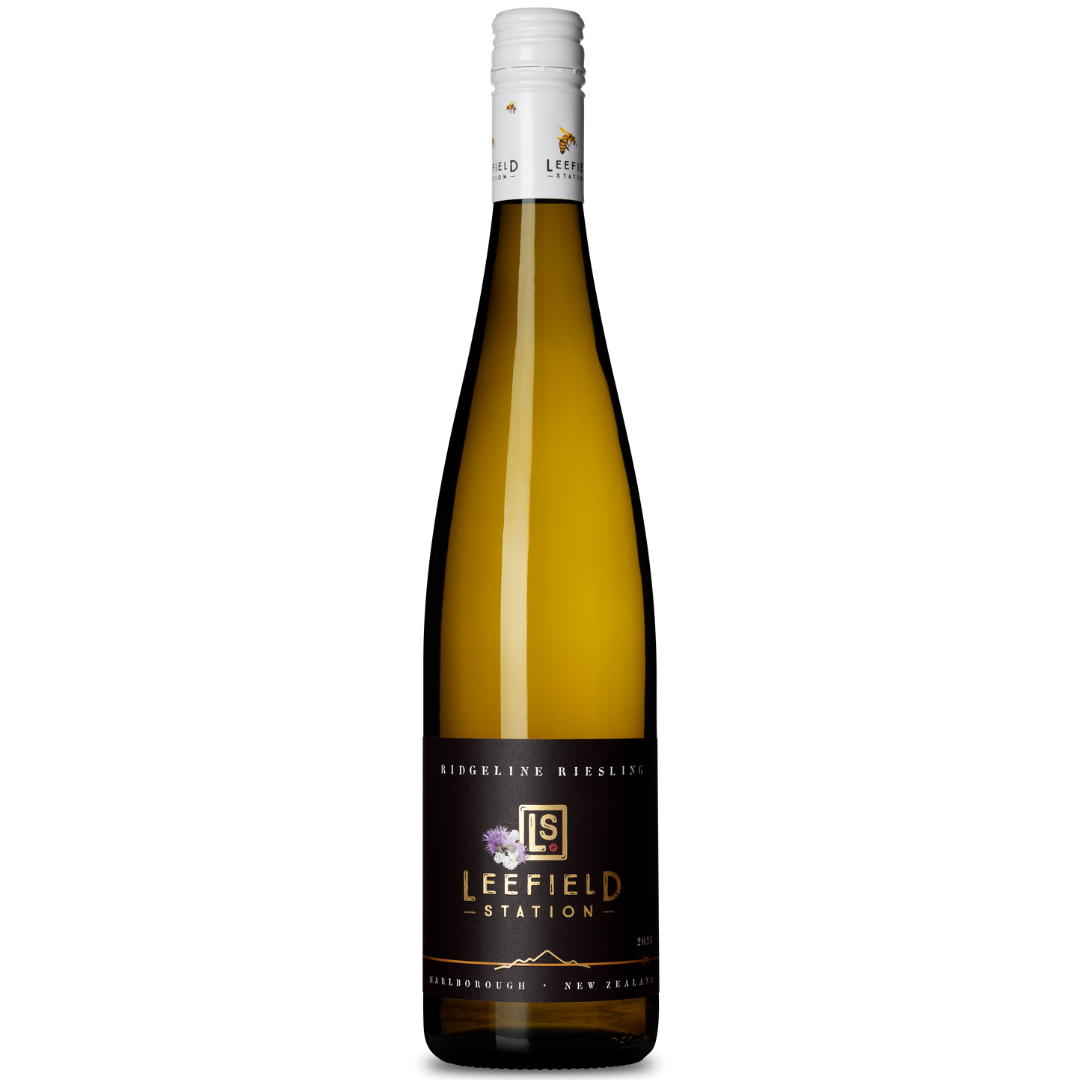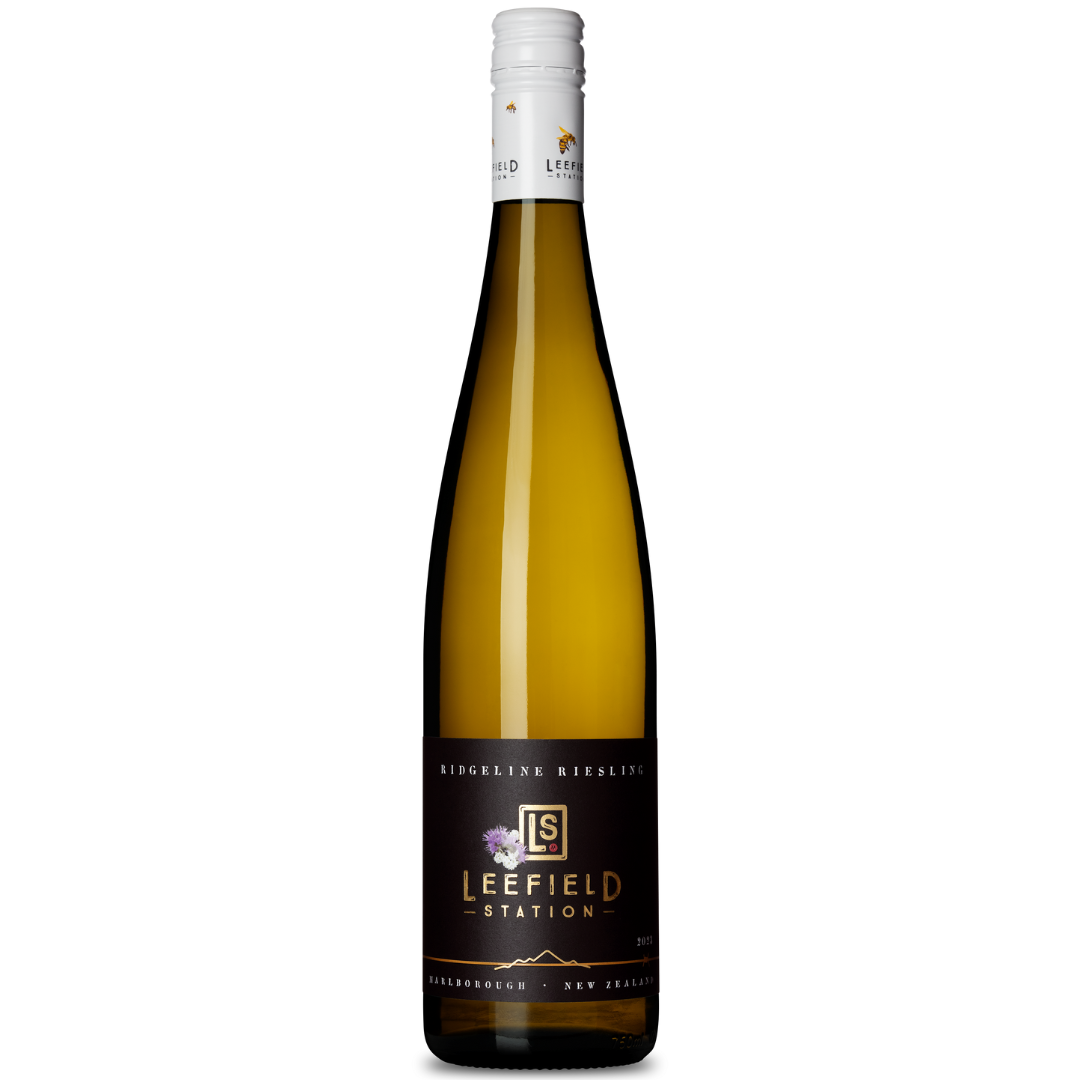Marisco Vineyards
LEEFIELD STATION RIDGELINE RIESLING 2024
LEEFIELD STATION RIDGELINE RIESLING 2024
In 2013 Marisco Vineyards purchased the iconic Marlborough property - Leefield Station. Steeped in history, this beautiful land embodies the spirit of the region. Farming and viticulture work harmoniously alongside each other, with boutique vineyard sites nestled below towering high country amongst the rolling farmland and flowing rivers. The ‘Expressions of Leefield’ range captures small parcels of fruit grown on these special sites showcasing the unique terroir of the Waihopai Valley.
Leefield Station, the Best of Marlborough.
6 Bottles
Couldn't load pickup availability
Tasting Note
Tasting Note
TASTING NOTE
The nose of the 2024 Leefield Station Riesling is defined by crispy zesty notes and white peach aromas. In mouth it is juicy and refreshing, with the
natural sweetness, crunchy acidity and a touch of minerality creating a well-balanced dry style of Riesling.
FOOD MATCHING
Enjoy the 2024 Leefield Station Riesling alongside your favourite cured, smoked fish and cream cheese crostini.
CELLARING POTENTIAL
Crafted to be enjoyed at the peak of its vibrancy and freshness, we recommend drinking this wine within 3 years of vintage date.
Winemaking
Winemaking
ORIGIN
Leefield Station, Waihopai Valley, Marlborough.
VARIETY
100% Riesling.
WINEMAKING
The fruit for this wine is machine harvested and
destemmed in the field before being gently
pressed into stainless steel tanks for a 2-3 days
cold settling. Then the juice is racked clean to
ferment in small batches at cool temperatures with selected yeast strains selected to preserve
and develop the specific varietal characters of
Riesling. Following primary fermentation, the
new wine is kept on heavy lees for 7 days before
being racked and matured on fine lees prior to
blending and finishing.
ANALYSIS
- Alcohol 12.0%
- pH 2.93
- Titratable Acidity 8.15g/L
- Residual Sugar 9.3g/L
- Vegan Certified
Vintage
Vintage
VINTAGE
Vintage 2024 will be remembered for being one Marlborough’s smaller vintages but also for producing exceptional fruit quality.
Despite a dry winter and resulting low ground moisture levels, full dams and positive river flows supplied essential soil moisture for the start of the growing season with budburst in mid-September.
Minimal frosts occurred, and though November and December were warm, below-average temperatures potentially contributed to the smaller vintage. From December to February, temperatures rose sharply, accompanied by above-average sunshine and below-average rainfall, leading to drought concerns and an early start to harvest.
Perfect weather aided steady picking from February until mid-April, allowing fruit to be picked in perfect condition at peak ripeness, delivering consistent levels of concentration and complexity of flavour.
Share

